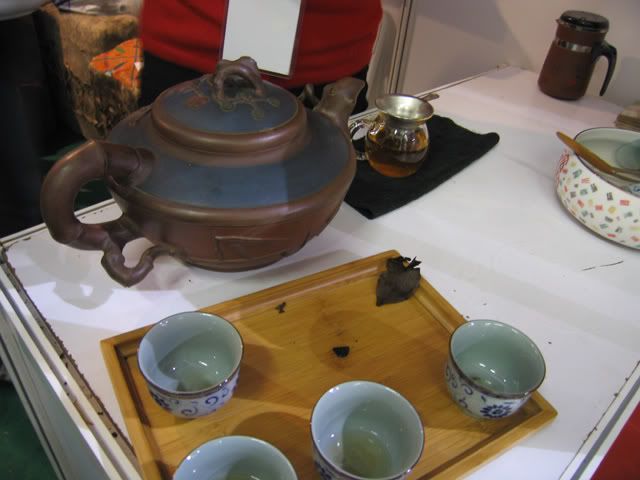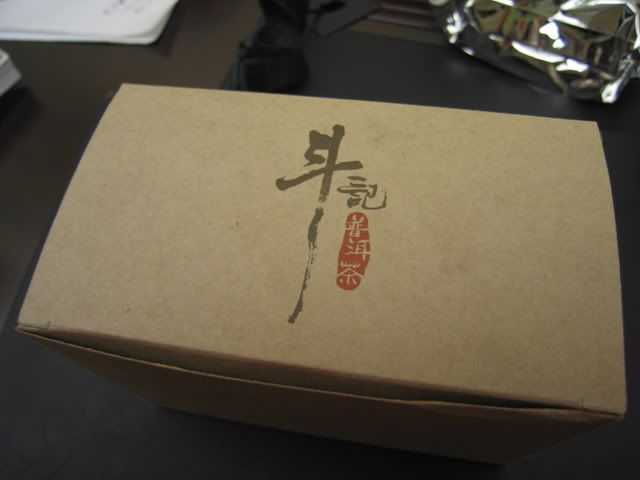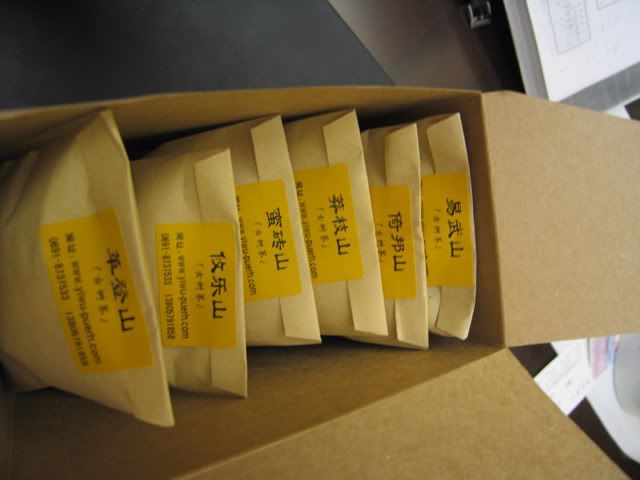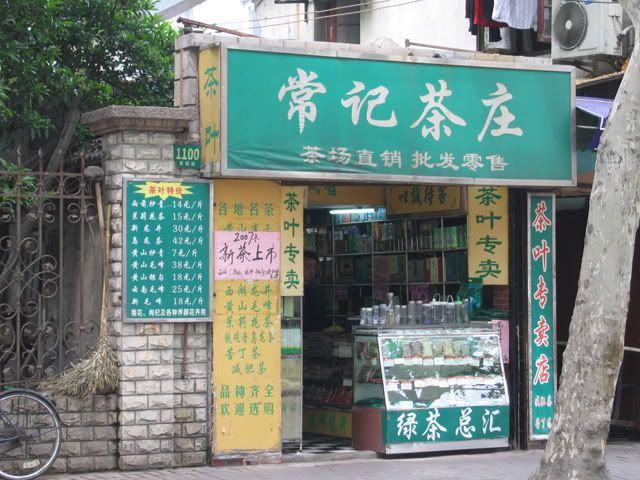I went to the Tea Expo today.
First of all… the thing is a little surprising given the amount of puerh tea vendors in there. Granted, puerh is all the rage these days and is the new darling of the tea industry in China, but I didn’t expect quite so many of them. A fully 80% of the stalls, by my estimation, were puerh ones, and the best attended/decorated ones were definitely the puerh ones.
All the usual suspects were there… Menghai, Xiaguan, Mengku, etc etc. Mind you, the Xiaguan stall was deserted (while the Menghai one was pretty well attended). There were some green tea ones, and a few tieguanyin stalls, but not many.
The other thing odd about this thing is timing. It’s obviously designed with green tea in mind, because this is a perfect time for manufacturers to showcase their newly picked green tea in late April. However, for puerh it is too early. Most factories present didn’t have their spring tea ready… many showed up with only the packaging of the teas, but not the teas themselves…. because they haven’t finished making them yet. It’s a rather odd situation. The “official puerh vendor” of the expo only had one spring cake ready — the rest were still in various stages of production. It was a strange thing.
Here are a few sights from the place… it wasn’t too big, and we went through a backdoor (we don’t even know where the front door was) and just walked right in. You don’t need to pay anyway to get in, so it doesn’t really matter.


The prices at the expo were actually fairly high by Maliandao standards. One store quoted me something that was 4x what I could fetch at Maliandao… so why should I buy from the expo? I don’t know. Prices in general were quite high, and no bargains were to be had, as far as I am aware, especially considering this was the “trade” day. Non-trade visitors were only supposed to visit tomorrow and Sunday.
Then again, as at all expos, there were freebies to be had. Action Jackson, especially, got a free cake from some gentleman from a relatively unknown factory

Sometimes, it pays to be a foreigner in China.
I also had my first experience drinking tea from a huge teapot today

The tea inside is similar to what I had at the Xinjiang restaurant, except with a bit more spiciness in the tea. Maybe it’s the same thing brewed a little stronger. If it’s what I think it is… it’s Fu Bricks from Hunan.
Thanks to L’s connection, all of us got some freebies as well from the puerh sponsor. He knows the manager of their factory in Yunnan, who was there today, and he gave us this:

Which, if opened, reveals the goodies:

This is maocha from all six of the Six Mountains. In order from top to bottom they are Yiwu, Yibang, Wangzhi, Manzhuan, Youle, and Gedeng. Yes, I’m going to try them all, and of course, you’ll all hear about them when I do.
After the tea expo, where we only spent about two hours and change, we went to Tianshan Tea City to buy some stuff. We stopped at a Wuyi store, drank a few things, including a fairly interesting, but very high fired, Wuyi tea. This stuff was black and tasted quite strong of charcoal taste. I liked it, Action Jackson didn’t, and neither did L’s business partner from Hangzhou. L himself wasn’t around, but I don’t think he would’ve liked it either.
We made it out of there with a bit of tea, then looked around for the cheapest gaiwan we could find. I finally have a gaiwan for the house now for a whooping 5 RMB. I don’t have a cup, but that is easily fixable. I also saw some curious cakes on our way out, but I already had enough.
We drank even more tea as we went to L’s office, including a 2003 Purple Dayi and a cooked cake of some kind from Zhongcha. All this while a few Menghai factory dealers were there drinking stuff and basically saying only Dayi teas are good. It was too much for me… and my stomach complained when we didn’t get to eat dinner until after 8. Sigh.
All in all, a long day for tea. Gotta get some work done tomorrow to compensate, and at some point in the near future, I need to head back to Tianshan to try some tea I don’t get to try in Beijing.













Well met observation, just wow. Using bad photos to guide purchases, people may end up buying teas they actually don't…